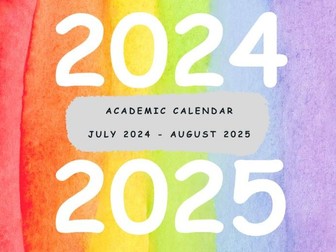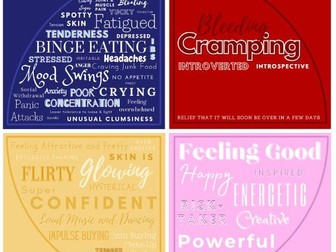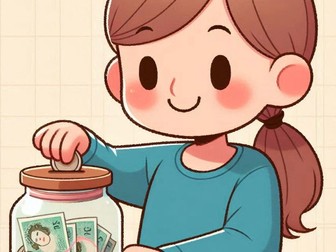Academic Calender - July 2024 to August 2025
<p>A PDF file to buy for as little as £1.50 that is a<br />
2024 - 2025 ACADEMIC CALENDER featuring the following:</p>
<p>14 month calender - starting from July 2024, includes August 2024 and then has September 2024 to the end of August 2025</p>
<p>Landscape Page Orientation - to allow for all 7 days fit across the length of an A4 page and allow for maximum opportunity to write your key dates/events</p>
<p>Bright Bold Colour Headings - including how many days feature in that month</p>
<p>Weeks starts on Mondays - plain white boxes with a frame<br />
Weekend days are grouped together at the end of the page, highlighted in a light shade of grey to differentiate it from the working week days easily</p>
<p>Framed boxes have small numbers for the date to allow you as much room to jot down any notes for that particular day</p>
<p>Term dates - have a bold framed box with have an asterix or a hashtag symbol and a small label that will either state: FIRST DAY AFTER BREAK (*) or LAST DAY BEFORE BREAK (#)</p>
<p>Term Holidays - are highlighted in a medium shade of grey with a small label that state: HALF TERM HOLIDAY, XMAS HOLIDAY, EASTER HOLIDAY, or SUMMER HOLIDAY</p>
<p>Bank & Public Holidays - are highlighted in dark shade of grey and have a small label that state: Christmas Day, Boxing Day, New Year’s Day, Good Friday, Eater Monday, May Day Holiday, Spring Bank Holiday and Summer Bank Holiday</p>
<p>They will be different themed Headings for those who may prefer a more toned down, subdued, calm colour palette.</p>
<p>UK School Terms and Holidays are from the <a href="http://gov.uk" target="_blank" rel="nofollow">gov.uk</a> website</p>



